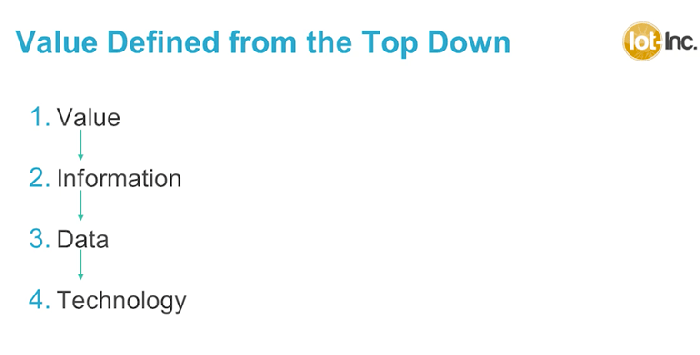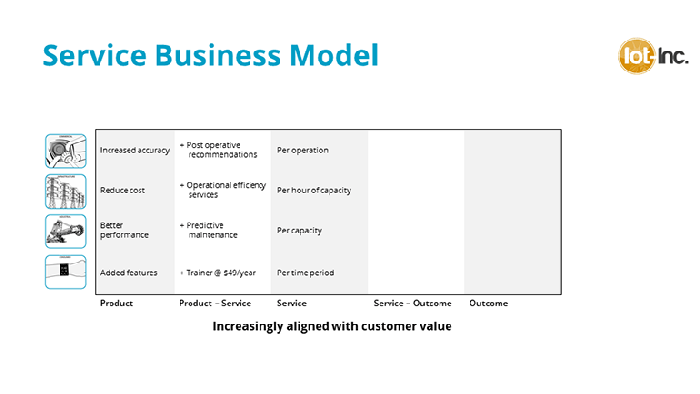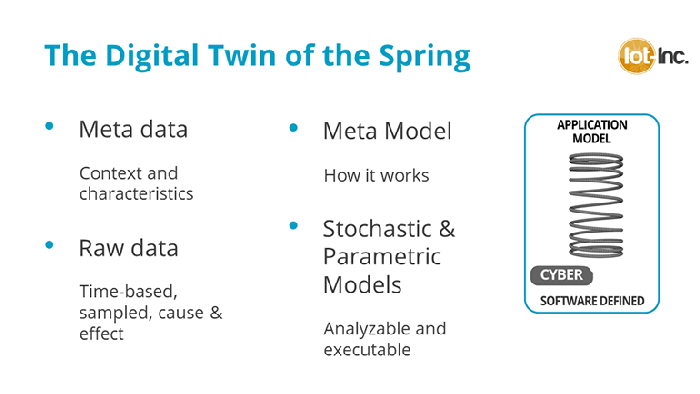Review: Internet of Things Course Lives Up to Its Promise
IoT author and consultant Bruce Sinclair has launched a course dedicated to cutting through the hype surrounding IoT to reveal its value.
March 8, 2018

The signal-to-noise ratio for the Internet of Things leaves much to be desired. Sure, there is undoubtedly high quality content from analyst firms, industry insiders and detailed maker-oriented guides to hacking connected sensors together. Yet routinely scouring new IoT-related content can be an exercise in frustration, and one I frequently endure when researching articles.
One of the first things you might notice when reading up on IoT is the huge numbers that tend to pop up surrounding the topic: billions and billions of IoT devices will soon be generating trillions of dollars in revenue. You are less likely to find clear advice on what will be needed to make those projections a reality. Instead, you are more likely to find a volume of regurgitated articles and content with varying definitions for common terms such as IIoT, smart cities and even IoT itself. While high-quality IoT case studies exist, they are comparatively rare and the many that are published offer fairy-tale-like results but are scant on details. There is also a growing stable of “influencers” who prop up their social media metrics with questionable social media services. That’s not to say there aren’t genuinely influential individuals, of course, but it is still harder than it should be to find trusted IoT leaders. And then there is the challenge of coming up with a framework to make sense of the vast IoT ecosystem, which spans everything from connected tractor trailers and mining equipment to thermostats and smart speakers. While there are a handful of useful frameworks out there for viewing IoT projects, they tend to be engineering-focused and ill-equipped at explaining, say, what separates profitable from struggling IoT vendors or what a profitable IoT vendor could do to become even more competitive.
One of the most helpful frameworks I’ve found comes courtesy of author and consultant Bruce Sinclair, who reached out last week offering me a week-long demo for review purposes of a recently created online Internet of Things course that happens to have a lot of IoT’s in the name: Iot-Inc Certified IoT Professional (ICIP) IoT training program. Culled from his consulting business, workshops (including at the IoT World event, which, like IoT Institute, is owned by Informa) as well as his book “IoT Inc: How Your Company Can Use the Internet of Things to Win in the Outcome Economy,” the course, which has a price tag of $1199, is divided into three segments. The first two focused on IoT technology and business while the last dives into strategy and digital transformation. The mention of “certified” in the Internet of Things course refers to the virtual certificate bestowed on those who make it through its video lessons and pass its quizzes.
In the very beginning of the Internet of Things course, I wasn’t sure what to think of the repeated statements about “IoT value” and found the volume of concepts to be a little overwhelming. To be fair, my perception there was a result of my choice to fly through the entire roughly 10-hour program in a week. Even though the course isn’t as dense as what you might find when studying for, say, a network security certification, there is a lot to digest. 
But something clicked in the second chapter of the first course when I heard a line in the programming stating: “Value is defined from the top down, and so are IoT products.”
[Bruce Sinclair has been a featured speaker at Internet of Things World, the world’s biggest IoT event, bringing you the latest news and strategies for every vertical and technology. Get your tickets and free expo passes now.]
That statement may seem simple, but it has significant ramifications for a burgeoning technology landscape where product developers will integrate connected sensors and silicon into products while neglecting to think why they are doing so from the beginning or losing their way at some later on. The most obvious examples come from the consumer realm, where there are “smart” devices such as alarm clocks and light switches that stubbornly fail to work when the Wi-Fi network goes down. And then there are devices intended to give users peace of mind, such as some IP cameras and baby monitors, that are often designed with few security safeguards.

A redacted excerpt from the ICIP IoT training program showing some of the IoT-driven business model examples from the course. The concept is also highlighted in a free lesson.
The tendency for organizations to launch IoT projects without a clear and practical goal in mind is more common than it ought to be, and helps explain why some industrial and enterprise companies have invested hundreds of thousands, millions or even billions of dollars on IoT projects that have yet to have a discernible ROI. It also explains why many industrial and enterprise professionals struggle to make a compelling business case for the technology even though it promises to generate trillions of dollars in global revenue by the 2020s.
Sinclair’s approach, however, does more than merely state that IoT developers tend to focus more on technology than they do thinking through how their products can achieve business outcomes. He advocates that organizations planning IoT projects start by asking what the value proposition is they are hoping to achieve, and then ask what is the information needed to provide that value. Next up comes the question of which data is necessary to collect to provide that information. Finally, there is the matter of the technology required to collect and transform that data into the information, which in turn provides the value the organization seeks.
The breakdown of the course is as follows:
ICIP Technology Course
The Software-Defined Product
The Hardware-Defined Product
The Network Fabric
Standardization and Protocols
External Systems
IoT Analytics and Big Data
IoT Cyber Security
ICIP Business Course
Tech Overview
The IoT Value Creation Framework
The IoT Business Model Framework
Risk Management Framework & Privacy
The Changing Customer Relationship
ICIP Strategy & Digital Transformation Course
Industry and the Changes Coming
IoT Competition and IoT Competitive Advantages
The Outcome Economy
The Digital Transformation Framework
The 360-Degree Requirements Framework
Getting Started

Although the course looks at IoT through a business lens, it doesn’t shy away from technology.
In the course, Sinclair chooses a narrower definition of IoT products than many, explaining why products that are “smart” or “connected” don’t necessarily qualify. We’ve had “smart” products before. For instance, clothes dryers have had embedded electronics onboard for decades. Similarly, a connected clothes dryer can be turned on or off remotely, say, using a smartphone app, but that doesn’t offer much of a usability improvement compared with manually switching it on or off. An IoT dryer, on the other hand, could be designed to dry clothes as fast as possible without shrinking or wrinkling them. Such a dryer could do this by using connected sensors, a digital twin and software to ensure the temperature of the clothes is equal to the surrounding air and optimize the drying time based on ventilation data. In addition, such an IoT dryer could also leverage analytics to report on cost savings while calculating when clothes will dry and when rollers will wear out. The IoT dryer example provides an example of a product designed with a specific outcome in mind.
After finishing the course, I was left wishing I had been exposed to this material years earlier. It provides a unique viewpoint on how common it is for IoT “things” to have an almost blinding capacity where they become more of an end to themselves rather than a means to drive clear benefits. While there is a need for IoT “plumbing” such as protocols, platforms, connectivity services and the like, looking at IoT as just a networking stack misses the point.
About the Author
You May Also Like






